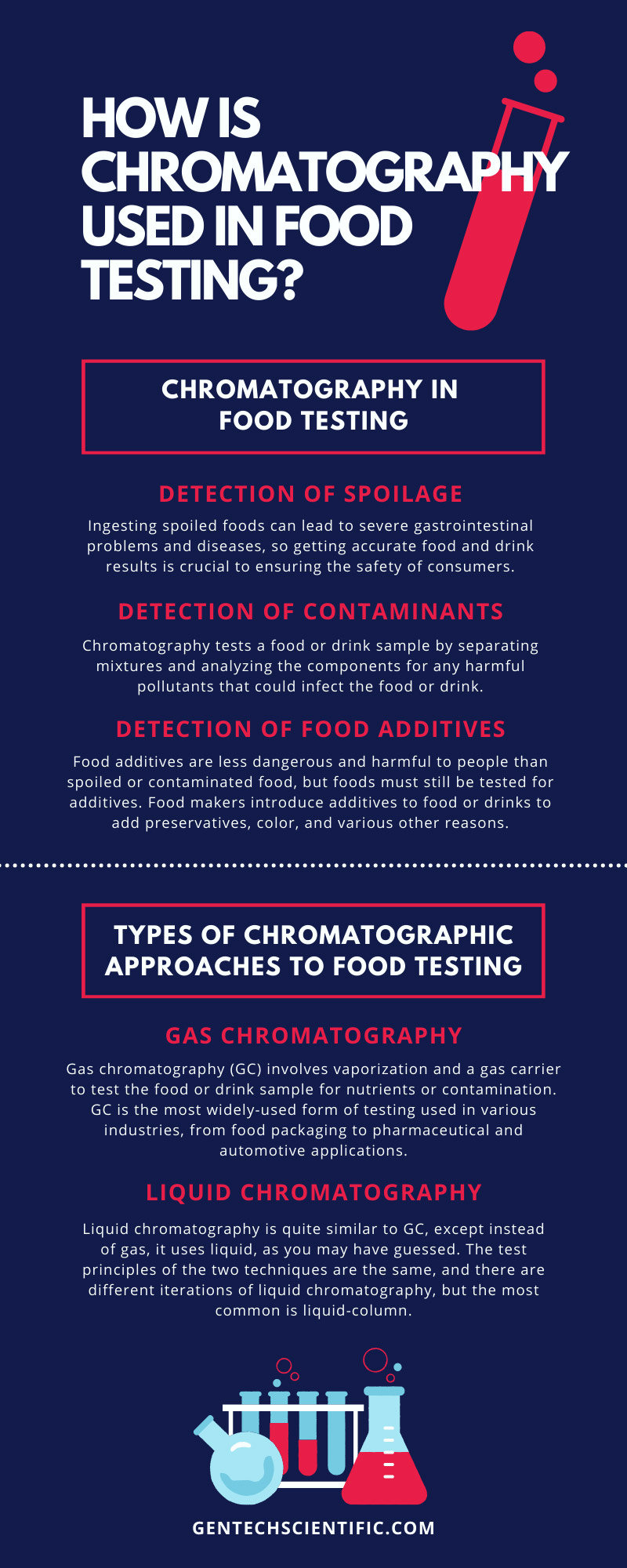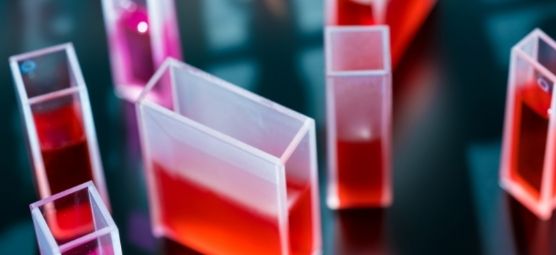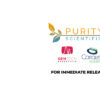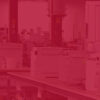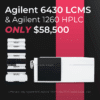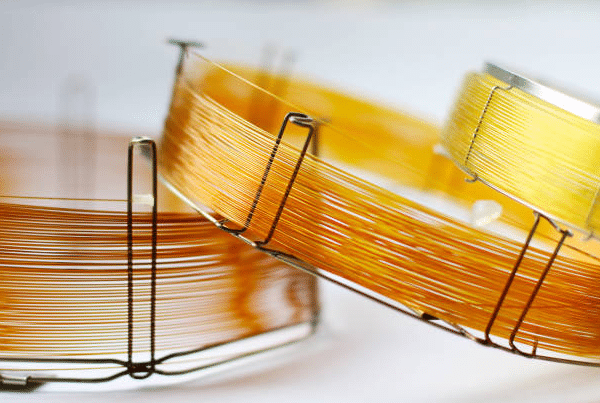If you’re familiar at all with the food packaging industry and food testing, you know what chromatography is. However, even if you’ve never given food packaging or testing a second thought, chromatography and food testing affect you every time you’re at the store.
How is chromatography used in food testing? Simply put, it’s what protects us, as food and drink consumers, from purchasing spoiled or contaminated food and informs us of the nutrients and additives within the food. Keep reading to learn more about chromatography, from its applications to the different types of chromatography techniques used in food testing and future challenges of the industry.
Chromatography in Food Testing
Chromatography and its effects on the food industry are seen and felt every day, although we probably don’t notice it anymore. We’ve all looked at a food label before, and much of that information comes from chromatography food testing. The FDA requires food products to be printed with a nutritional label outlining the ingredients and vitamins within the food.
Food companies have to analyze their products for nutrients, proteins, vitamins, preservatives, and much more, as well as make that information known to whoever is buying the product. Chromatography is the primary tool used for food testing and analysis of these labels.
One example is vitamin C. In many vitamin-fortified foods and drink supplements, you’ll find a healthy amount of vitamin C. But what you may not know is that food processing negatively affects vitamin C, which makes it difficult for food makers to ensure that the vitamin remains in the food or drink. Companies use chromatography to test the amount of vitamin C in a food or drink throughout food processing to ensure the vitamin’s amount.
Chromatography isn’t just for food labels, though; companies and the FDA also use it for detecting harmful chemicals and diseases within foods. Thanks to chromatography, you can be confident in the safety of packaged food you find at the grocery store.
Detection of Spoilage
One of the primary uses of chromatography in food testing is verifying that the food has not been spoiled. Ingesting spoiled foods can lead to severe gastrointestinal problems and diseases, so getting accurate food and drink results is crucial to ensuring the safety of consumers.
Perhaps the most common item we see at the store is milk, a drink that can spoil rather quickly. Chromatography ensures the milk you’re buying is FDA-certified safe. Thanks to chromatography, you can buy milk at the store confidently and safely.
Detection of Contaminants
Another use for chromatology in food testing is the detection of contaminants. Chromatography tests a food or drink sample by separating mixtures and analyzing the components for any harmful pollutants that could infect the food or drink.
The collection and packaging of food involves many steps and as many opportunities for food to be contaminated. From pesticides to industrial waste to human contamination, chromatography offers a reliable test for ensuring that food is free of contaminants.
Detection of Food Additives
Food additives are less dangerous and harmful to people than spoilage or contamination, but foods must still require testing. Food makers introduce additives to food or drinks to add preservatives, color, and for various other reasons.
While safer now, food additives are still strictly monitored by the FDA. Using chromatography, labs monitor and identify food additives for nutrition labels, so you can be sure that you know what’s in the food and drink you’re purchasing and whether it’s safe for you and your family.
Types of Chromatographic Approaches to Food Testing
Within chromatography exist different techniques and strategies for food testing. The two main applications of chromatography in food testing are gas and liquid. In the end, they both provide accurate and reliable results, but they go about testing in different ways.
Gas Chromatography
Gas chromatography (GC) involves vaporization and a gas carrier to test the food or drink sample for nutrients or contamination. GC is the most widely-used form of testing used in various industries, from food packaging to pharmaceutical and automotive applications.
The details are technical and complicated, but in essence, a chromatograph vaporizes a sample into a gas. A carrier gas carries the sample gas into a long tube. There the gasses are heated, allowing for better separation of the components. A carrier gas can be one of several gasses like helium, argon, or hydrogen.
At the end of this long tube is a detector that records the details of the sample hitting it. The recorded data is collected into a graph, charting the number and proportion of the sample’s components.
Liquid Chromatography
Liquid chromatography is quite similar to GC, except instead of gas, it uses liquid, as you may have guessed. The test principles of the two techniques are the same, and there are different iterations of liquid chromatography, but the most common is liquid-column.
They may be different techniques, but the principles of gas and liquid chromatography are similar. They can both can provide reliable results, although the gas test is usually faster than the liquid test. In liquid-column chromatography, the mobile phase, the gas in GC, is a liquid. The mobile liquid phase filters through the chromatography column, separating the components.
Future Challenges of Chromatography and Food Testing
Chromatography is crucial to food testing and has been for decades. The FDA and food companies rely on chromatography to ensure products are safe. Consumers rely on them without even knowing it, as they provide the information for nutrition labels we all consult.
However, there are future challenges facing the food testing industry and chromatography. Changing agricultural practices, industrial development, pollution, and climate change all can create new toxic residues in food and beverages.
Consumers use nutrition labels to decide about purchasing food and drinks. We also rely on chromatography to ensure the food and beverages we buy are safe for consumption. The role of laboratory testing will remain critical for food safety. And chromatography remains central to food testing.
Does your lab perform gas chromatograpy analyses? GenTech Scientific has plenty of GCs for sale that can provide accurate and reliable results at an affordable price.
